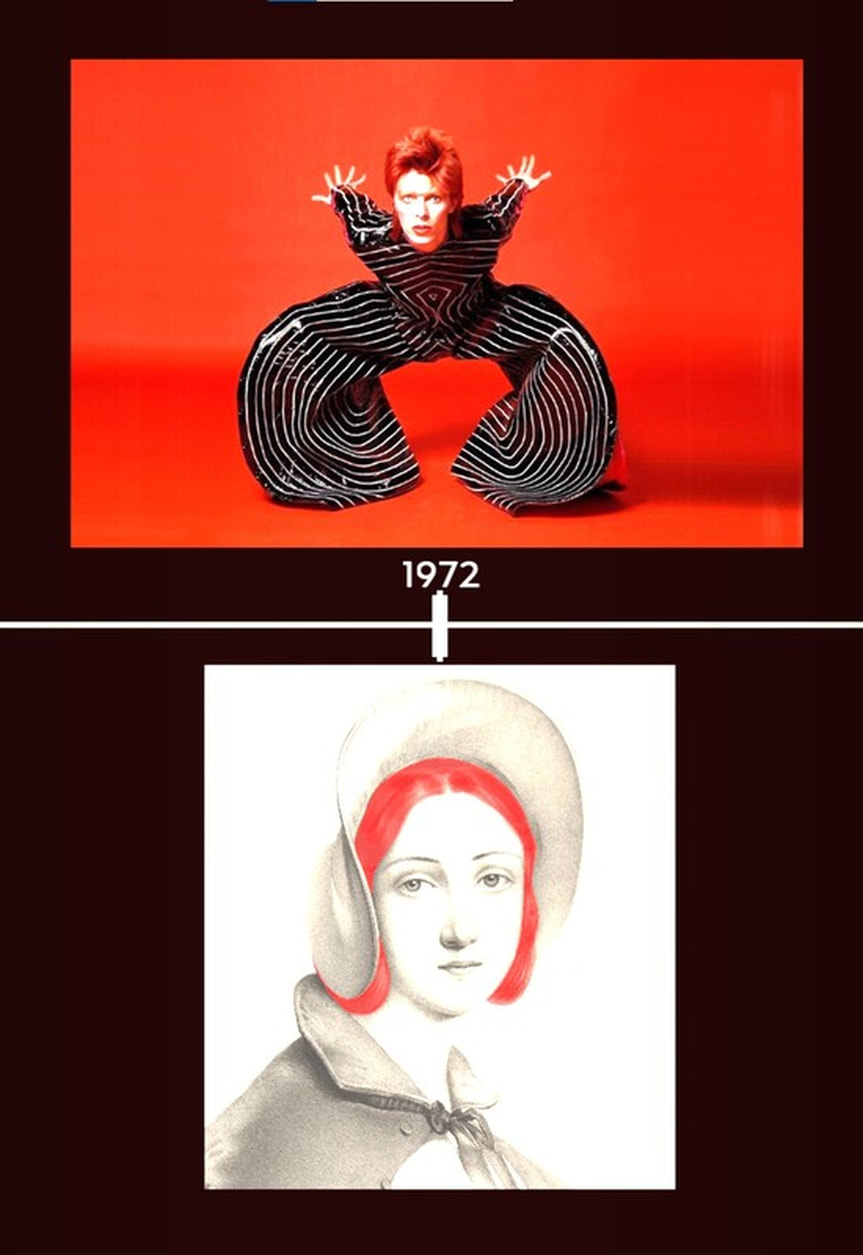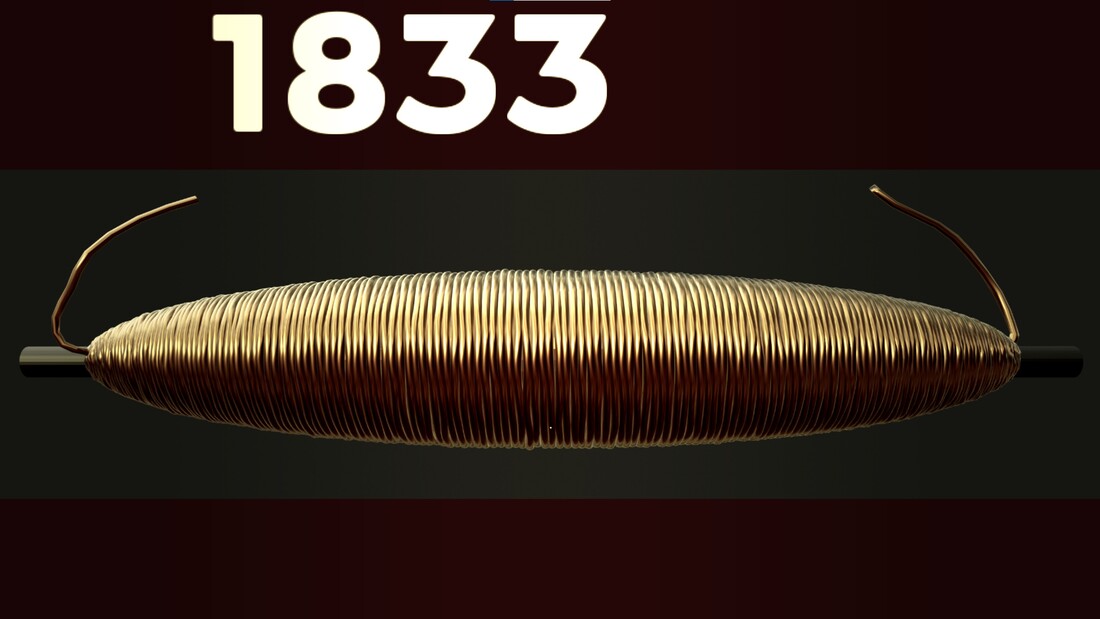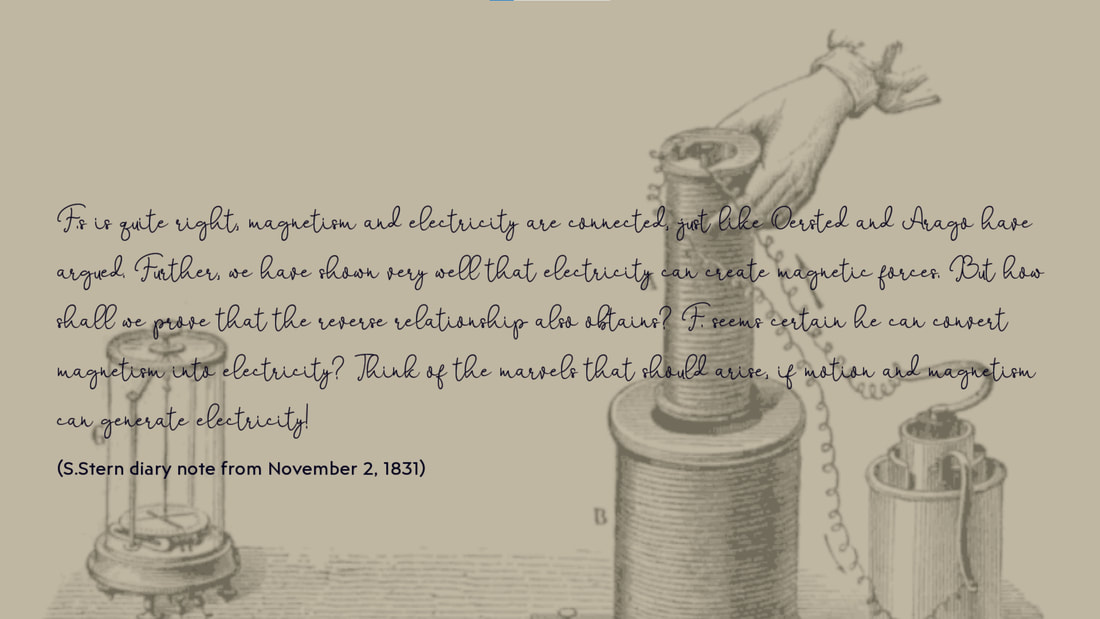WHY FRETS?
"WHY FRETS? - Requiem for the Electric Guitar" - a performance lecture
"WHY FRETS? - Tombstone" - an interactive installation
"WHY FRETS? - Downtown 1983" - an audiovisual performance
composed in 2020-22
“In 1833, British professional weaver and amateur engineer Sieglinde Stern invented the first electro-magnetic pickup and as a result, the first electrically amplified stringed instrument. One hundred years later, this invention enabled the production of the first electric guitar, which became one of the most popular and most frequently played instruments in the history of Western music. However, another 100 years later, no one plays this instrument anymore! What led to the rise and fall of the electric guitar? What is the nature of this instrument that had its suppressed origins in the handcraft of weaving and that mutated back into a loom during its decline? And who was its inventor Sieglinde Stern, who was erased from history and is only resurrected as Davis Bowie’s Ziggy Stardust?”
Why Frets? by Marko Ciciliani is a series of three works – a multimedia performance, a performance lecture, and an installation – that illuminate different aspects of this fictional history of the electric guitar from varying angles. The story is based on speculative fabulation – a deliberate re-invention of the past.
Rather than pursuing the idea of creating something new as an envisaging of the future, speculative fabulation and the rewriting of history proceeds from an examination of the conditions of how society and culture arrived at their present state. As an artistic practice of “arrière-art” – as opposed to “avant-art” –, rewriting the past offers a method of imagining what contemporary society might look like alternatively, and thus of creating a vision of a future. Or as Donna Haraway put it: "The open future rests on a new past" (1978).
In this way, the three individual works Why Frets? – Requiem for the Electric Guitar, Why Frets? – Downtown 1983 and Why Frets? – Tombstone – complement each other in the sense of a transmedia storytelling. Each of the individual works is a self-contained work, but taken as a whole, the three artworks cast different spotlights on the electric guitar, focusing on aspects such as techno-cultural developments, inscriptions of gender, or social values.
"WHY FRETS? - Requiem for the Electric Guitar" - a performance lecture
"WHY FRETS? - Tombstone" - an interactive installation
"WHY FRETS? - Downtown 1983" - an audiovisual performance
composed in 2020-22
“In 1833, British professional weaver and amateur engineer Sieglinde Stern invented the first electro-magnetic pickup and as a result, the first electrically amplified stringed instrument. One hundred years later, this invention enabled the production of the first electric guitar, which became one of the most popular and most frequently played instruments in the history of Western music. However, another 100 years later, no one plays this instrument anymore! What led to the rise and fall of the electric guitar? What is the nature of this instrument that had its suppressed origins in the handcraft of weaving and that mutated back into a loom during its decline? And who was its inventor Sieglinde Stern, who was erased from history and is only resurrected as Davis Bowie’s Ziggy Stardust?”
Why Frets? by Marko Ciciliani is a series of three works – a multimedia performance, a performance lecture, and an installation – that illuminate different aspects of this fictional history of the electric guitar from varying angles. The story is based on speculative fabulation – a deliberate re-invention of the past.
Rather than pursuing the idea of creating something new as an envisaging of the future, speculative fabulation and the rewriting of history proceeds from an examination of the conditions of how society and culture arrived at their present state. As an artistic practice of “arrière-art” – as opposed to “avant-art” –, rewriting the past offers a method of imagining what contemporary society might look like alternatively, and thus of creating a vision of a future. Or as Donna Haraway put it: "The open future rests on a new past" (1978).
In this way, the three individual works Why Frets? – Requiem for the Electric Guitar, Why Frets? – Downtown 1983 and Why Frets? – Tombstone – complement each other in the sense of a transmedia storytelling. Each of the individual works is a self-contained work, but taken as a whole, the three artworks cast different spotlights on the electric guitar, focusing on aspects such as techno-cultural developments, inscriptions of gender, or social values.
|
Why Frets? – Downtown 1983 (2021-22, duration: 26 minutes)
for live-electronics and three prerecorded guitarists on video This piece is based on a short piece for three guitarists (recorded by Nico Couck, Nele de Gussem and Alex Tentor) that is documented on video. It is presented as a documentary produced in the year 2083 about a concert that took place 100 years earlier - in 1983 - in the venue Roulette in Downtown Manhattan. During the entire performance, this video is presented three times in various degradations. In the very beginning of the performance a text scrolls across the video that explains the performed piece and furthermore comments on compositional practices and the use of the electric guitar in the 1980s in NYC. After this introduction the audio recording of the guitars is used as raw material for an elaborate solo with analog electronics where these signals are processed but also used as control signals for various forms of synthesis. Roughly in the middle of the piece, the performance is interrupted by fragments of interviews from the 80s of musicians from the New York downtown music scene, that express their relation to music and specifically to the electric guitar. As a whole, this piece thus contains elements of docufiction and virtuosic performances of live-electronics with noise elements. The NYC Downtown Scene of the 80s was chosen as a topic as in this period the electric guitar took a central role across different styles of musical experimentation, such as new playing techniques with table-top guitars, alternative tuning systems, feedback and noise as extreme forms of expression. Through the combination of commentaries and the inserted interviews, Why Frets? - Downtown 1983 creates a meta-text that further elaborates the fictitious history of the electric guitar. The complete text: Today we're in the year 2083. The video you see is a testimony of an era when people were still playing electric guitars. 100 year ago, this performance took place in NYC at Roulette in Downtown Manhattan, W. Broadway. As was often the case with concerts in this legendary "downtown scene", the crowd was small but smart and composed mainly of musicians and artists who were determined to change history. This piece by a young composer mirrors a number of trends and musical interests, that were characteristic of this time and place. In this dreamy texture we can on the one hand identify the typical patterned pacing emblematic of the late Morton Feldman, and - on the other hand - just intonation tuning, more specifically: a scordatura based on 7:4 intervals; possibly a nod to LaMonte Young, who at that time merely lived a block away from this venue. Let us focus on the electric guitars for a moment. They are played rather conventionally, but this was a time when the mere choice of this "pop&rock" instrument in a New Music context already felt wild! In the hands of musicians lika Patty SMith, Thurston Moore, Glenn Branca or Kim Gordon, this instrument became pivotal for many kinds of musical experiments, that were indeed quite unique in several ways. New tuning systems, treating strings with screw-drivers, inserting drum sticks between them, rubbing FM-radios against pickups: All of this was new and adventurous. Looking back at this 100 years later, much of it seems naive. No one would have guessed why, five decades later, it would become unthinkable to play this instrument - the electric guitar. In the performance tonight, I'm using this historic recording in order to generate control signals for a system that serves me as my musical instrument. I'm thus incorporating the "Forbidden fruit"! I'm eating the rotten apple... getting my hands dirty! You fallen Angels, walk with me! Score downloads (PDF):
Back to Audiovisual Works
|
Why Frets? – Requiem for the Electric Guitar (2020-21, duration 35-40 minutes) a performance-lecture Music and visuals: Marko Ciciliani Original Story: Marko Ciciliani Writers: Marko Ciciliani & Nicolas Trépanier Link to FULL TEXT In this performance-lecture, the fictional history of the electric-guitar, that is underlying the entire project, is presented in a linear narrative way. It is supplemented by an interactive video, which starts out as a rather conventional power-point-style presentation, but gradually gains more visual finesse and interactivity. From the perspective of the year 2083, a historian presents his recent research and striking new evidence that puts the history of the electric guitar in a radically new perspective. According to it, the pickup was invented in 1833 by a weaver and amateur-physicist named Sieglinde Stern who also designed the first electrically amplified string instrument, the Di-Cord. Through a series of coincidences and circumstances the design plan lands in the hands of George Beauchamp who in 1933 – a hundred years after the invention of the pickup – produces the first electric guitar, the Rickenbacher A-22. This instrument then becomes a symbol of youth rebellion and Rock ‘n’ Roll and gradually grows to a symbol of masculinity and sexual potency. However, various developments – described by theoreticians as transcendal technophallacy (Waksman) and the species-turn (Takacs) in media-theory – lead to a collapse of the popularity of the instrument, and the year 2033 marks the last public performance with this instrument. Why Frets? – Tombstone (2021-22, permanent installation)
audioinstallation of interwoven guitars This installation consists of four electric guitars that are – quite literally – interwoven with each other, forming a musical sculpture in which the guitars hover horizontally with the support of four hi-hat stands. The designs of the four guitars are classical shapes of the metal genre - Flying V, Warlock, and others. The strength and dynamic motion suggested by these forms are cancelled out by wedging them into each other A square area in the inside is filled with a weaving pattern that was realized with 1/4" recording tape. The strings of all the instruments are excited by electric magnets that are connected to amplifiers as loudspeakers. Slowly ascending sine sweeps are played through them, but the electric magnets do not render them audible, instead the sonic vibrations are translated into oscillating magnetic field. Once the sine sweep in the magnetic field passes a frequency that matches the tuning of a string, the string starts to resonate in response. Altogether this results in a complex, constantly changing and slowly evolving harmonic texture. The hi-hat stands that the guitars are mounted on can be operated by audience members. When done so, a single guitar is lowered from its standard horizontal position. Since the guitars are connected to each other on the necks and since the strings of the instruments are interwoven, changing the position of one instrument affects the tuning of all four guitars. Operating the foot pedal of a hi-hat stand thus results in a change of harmony. Furthermore, after the interaction voice recordings are triggered are complementing and extending the fictitious history of the electric guitar as it was presented in the Requiem and in the performance Downtown 1983. Credits
This project has been produced by ChampdAction, Antwerp and the ORF (Musikprotokoll). It has been commissioned by ChampdAction, SKE-Fund and the Austrian Bundesministerium. Additional financial support was provided by Land Steiermark. The project has furthermore been supported by the Kunstuniversität Graz. Special thanks to Anne Ewing for recording the voice part of Why Frets? - Tombstone and Leonie Strecker for providing voice recordings for Why Frets? - Requiem for the Electric Guitar. Also many thanks go out to Ann Andries (ChampdAction), Robert Höldrich (IEM/KUG), IOhannes Zmölnig (IEM/KUG) and Nicolas Trépanier (Univ. of Mississippi). | ||||||||||||








